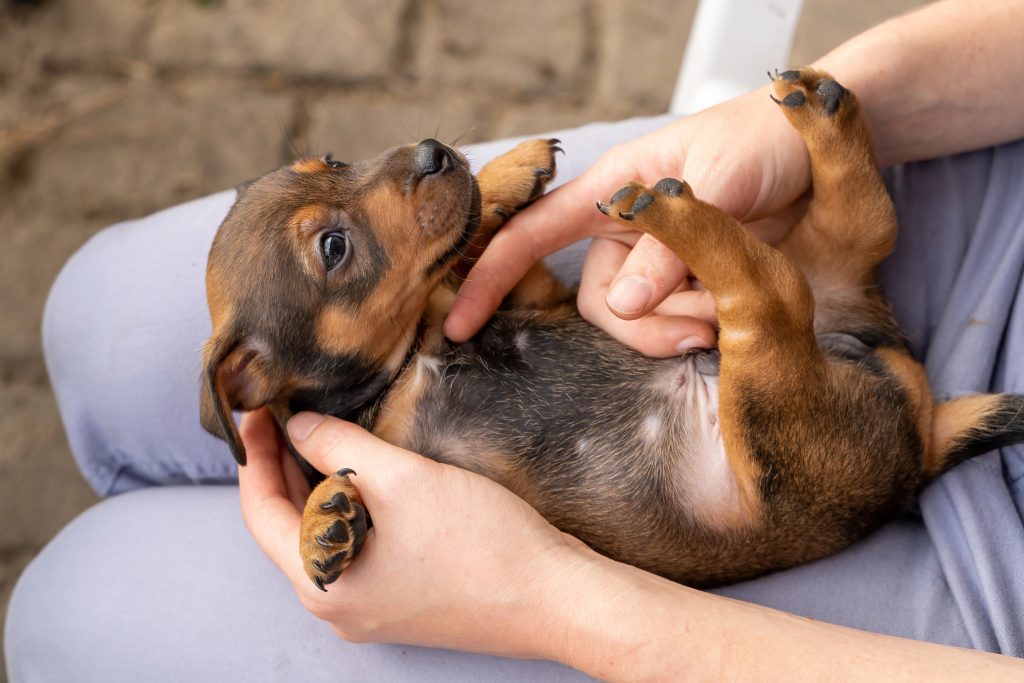
“Did you know that some of the most popular dog breeds are the most difficult for first-time owners?” It’s easy to fall in love with a fluffy face or a Hollywood pup, but when it comes to living with certain breeds, looks can be deceiving. Many dogs carry a package of drives and needs that go far, far beyond basic strolls and tummy rubs. For first-time dog parents, selecting the perfect breed can be the difference between breaking or making the experience—both for you and your future four-legged friend. This list breaks down which breeds are a handful for beginners and why, in addition to how breed-specific tendencies can impact your everyday routine.
Look for a mix of unexpected nuggets, expert comment observations, and real-world advice to help you choose a dog that fits your life, not your Instagram feed.
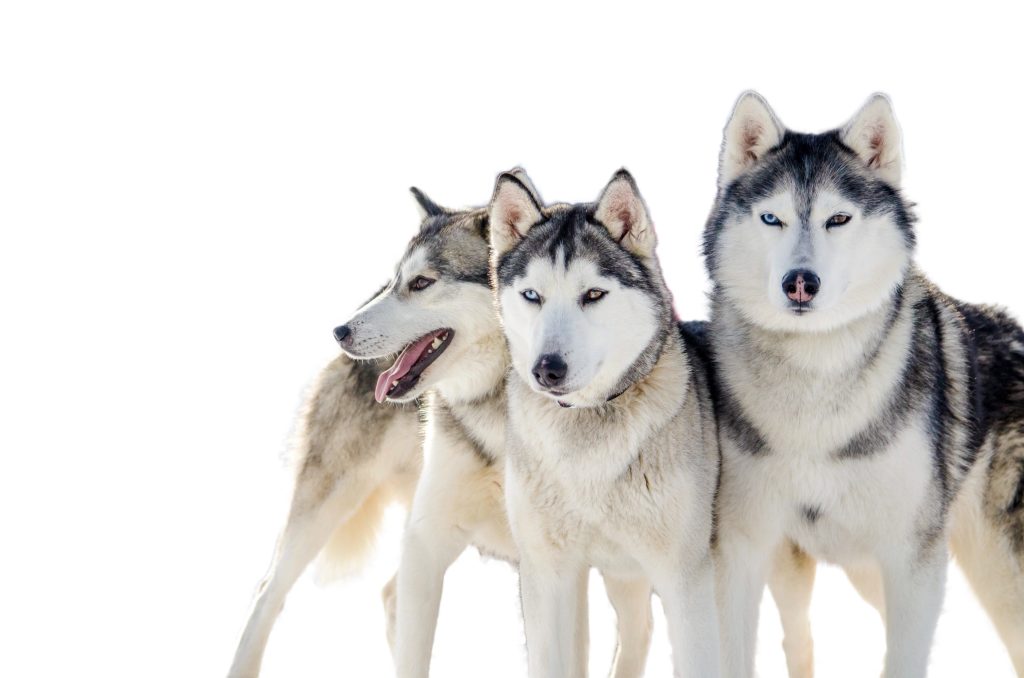
1. Wolf Hybrids: Feral at Heart, Rough at Home
Wolf hybrids are exactly what their name suggests—half domesticated canine, half wild wolf. As fascinating as their mysterious looks may be, these animals have un-predictable behavior and a strong prey instinct. They need pack-like situations and a handler with an eye to both feral animal and dog nature. There are even some places that ban or limit ownership of wolf hybrids due to safety concerns. For the new owner, the challenge is less about training than getting used to working with an animal whose nature is closer to the wild than the couch.
As stated in breed-specific articles, their strong character and unpredictability make them best ill-suited for most families, especially those with children or other pets.

2. Chow Chows: Fluffy, Fierce, and Fiercely Independent
With their teddy bear appearance, Chow Chows get noticed. But under the fluff is a dog with a willful personality and aloof tendencies. According to experts on breeds, Chows are stubborn, protective, and vicious when not properly socialized. They were bred to hunt and guard and thus have a natural distrust of strangers as well as a requirement for an experienced, confident handler. It takes patience, consistency, and a strong knowledge of canines to train a Chow Chow. If you’re new to dogs, this breed’s independence and potential for aggression can quickly become overwhelming.

3. Dalmatian: The High-Energy Icon with Added
Demands Dalmatians may be known for their Hollywood allure, but in real life, they’re anything but relaxed. These spotty darlings are bundles of energy, historically bred to run alongside horse-drawn carriages for miles. As dog behaviorists point out, Dalmatians require high-level daily exercise and mental stimulation. Without it, they destroy things or create problems. Adding to the challenge, Dalmatians are prone to inherited health problems like deafness and urinary tract ailments that require extra attention and resources. For beginners, keeping up with their energy level and health needs is a part-time job.

4. Rottweilers: Large-hearted Protectors with Overpowering Personality
Rottweilers are renowned for guarding and loyalty, but those very traits can be a double-edged sword. They require strict, repetitive training and early socialization to avoid aggression or territorial behavior. Rottweilers are happiest, training experts claim, when they have clear parameters and repetitive training sessions. Their strength and size lead an inexperienced handler to be unwittingly overpowered by even a friendly Rottweiler. Insurance and living restrictions are also prevalent with this breed, creating further complication for new owners. In the words of the American Kennel Club, “Rottweilers need a job to do and a confident owner to lead them.”

5. Alaskan Malamute & Siberian Husky: Endurance Pros, Escape Artists
If you’re dreaming of a snow dog, Alaskan Malamutes and Siberian Huskies might seem like a perfect fit. But such breeds are designed for stamina and live for vigorous exercise. According to canine experts, both breeds have a strong prey drive, are notorious escape artists, and will be very destructive when they are bored. Huskies, for example, are said to pull sleds of 100 miles in one day. They’re also notoriously bad at recall—i.e., they’ll take off the first opportunity and won’t return when called.
Left to themselves and without the proper outlets for energy, these dogs can quickly become more than a novice can manage.
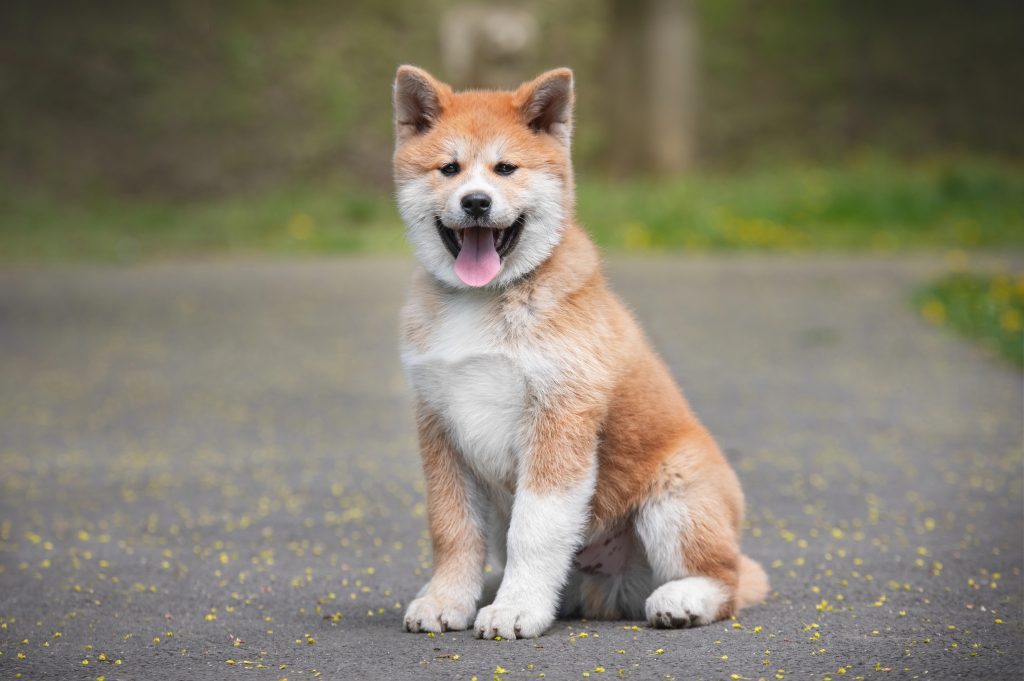
6. Akita: The Stubborn Guard
Akitas are statuesque and regal, but their temperament is more suited to an older owner. Bred for guarding and hunting, Akitas are independent, obstinate, and likely to be territorial or aggressive in the absence of early and ongoing socialization. As trainers of dogs emphasize, Akitas require solid boundaries and a dominant leader. They do not get along well with other animals and need at least 1 to 2 hours of workout daily. They are a demanding challenge for any one person who is inexperienced in having dogs because of their size, strength, and refusal to comply.
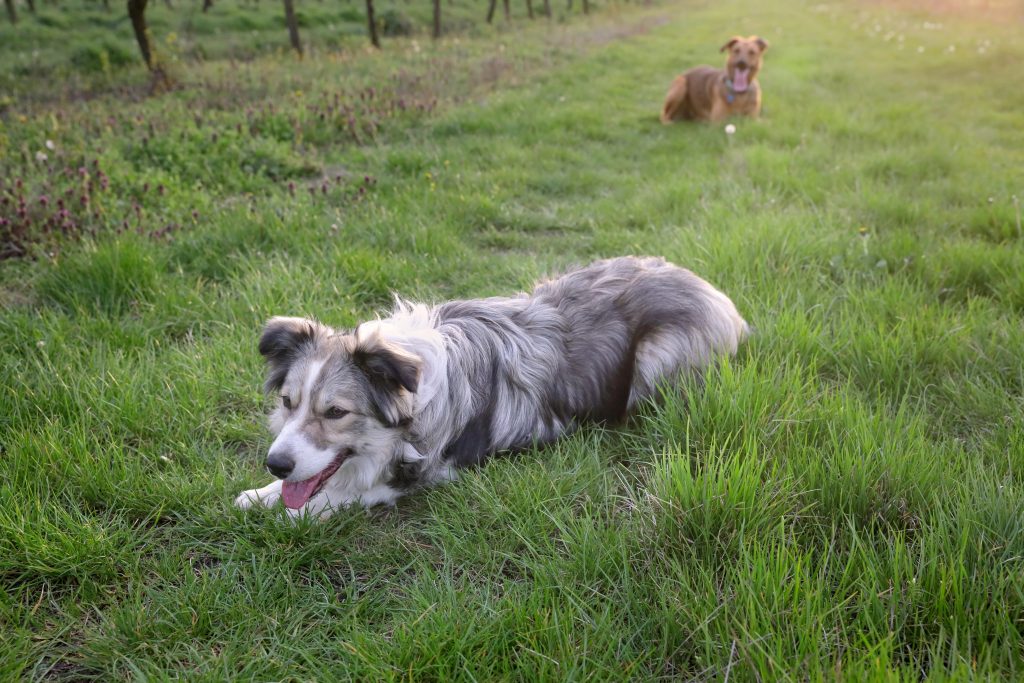
7. Belgian Malinois & Border Collie: The Geniuses With Employment Requirements
Belgian Malinois and Border Collies are among the wisest breeds out there, but their genius comes with astoundingly high expectations for mental and physical challenge. The Malinois is prized by police and military use because it has drive and athleticism, and Border Collies are just born to herd and solve problems. Both breeds can become anxious, destructive, or behaviorally challenged when they are not given something to do. According to dog behavior experts, these breeds need extensive training, agility training, and daily challenge in order to be happy. New owners will discover their energy and intelligence become a formula for disaster if they are not managed.
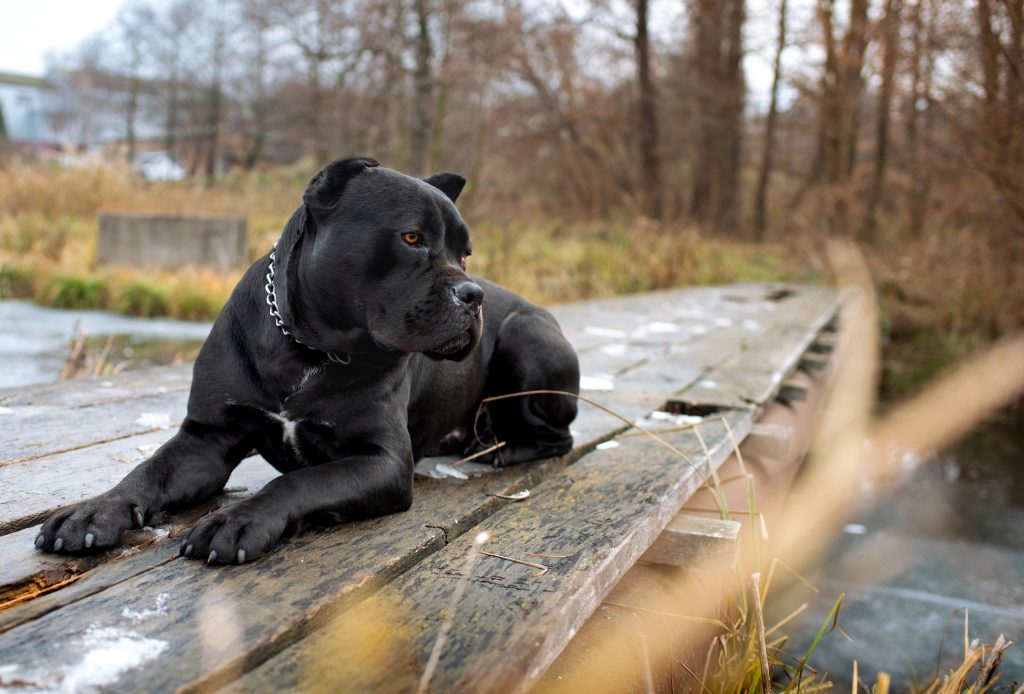
8. Cane Corso & Presa Canario: Confident Guard Dogs that Need Experienced Leadership
Both Cane Corsos and Presa Canarios are big, muscular breeds with heavy-duty protective instincts. Both breeds have their roots in ancient war and guard dogs and require early socialization and a handler with solid, assertive leadership. Without it, they’ll be dominant or offensive, especially towards strangers or other animals. Their sheer size and power are enough to overwhelm an inexperienced owner without much difficulty. Since breed profiles warn, the dogs are best suited for experienced owners who understand how to channel their protective nature into good directions.
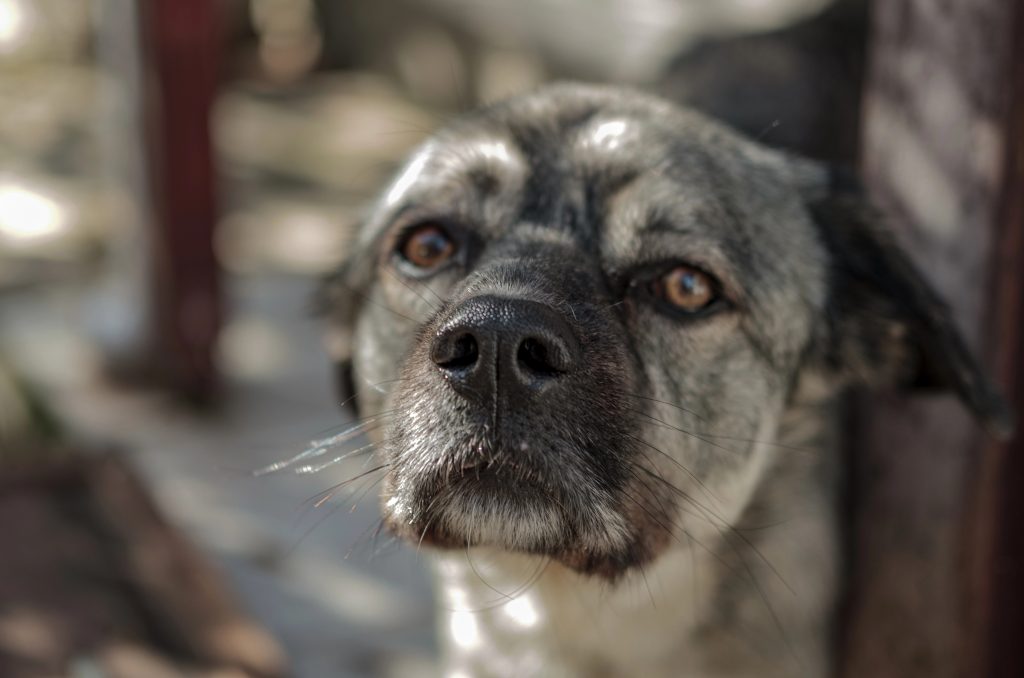
9. Caucasian Shepherd & Anatolian Shepherd: The Livestock Guardians
Bred to guard livestock under harsh environments, Caucasian Shepherds and Anatolian Shepherds are very protective and aloof. They distrust foreigners and require a formal environment with established limits. Their watchful nature, power, and size make them unsuitable for first-time or urban owners. Canine experts state that these types of breeds demand tremendous socialization and training to prevent them from being aggressive and not regarding all visitors as threats. The task is too challenging for most novices.
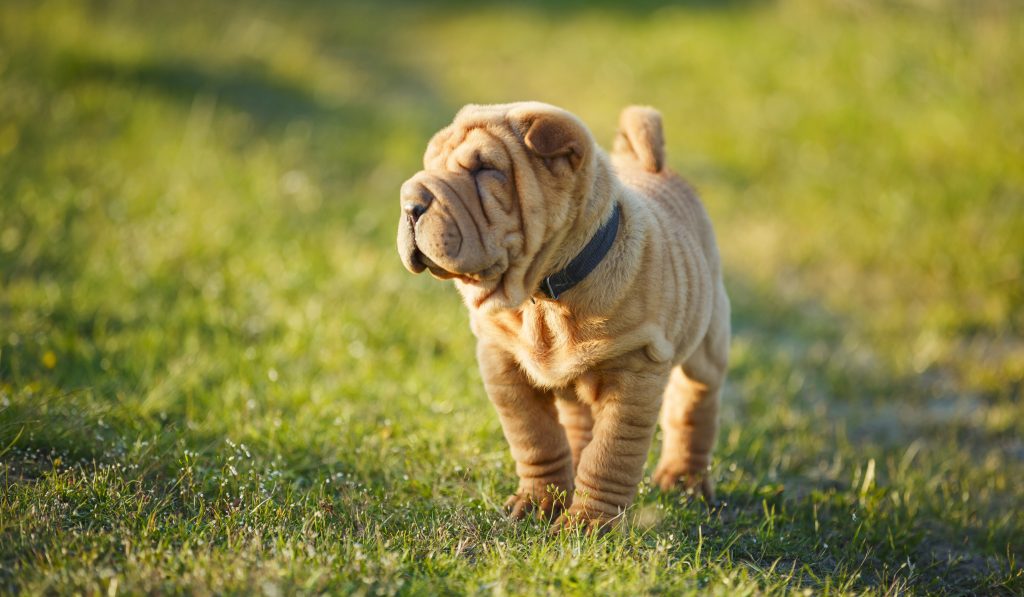
10. Shar Pei: The Wrinkly Challenge
Shar Peis come with their signature wrinkles and affectionate temperament, but these are accompanied by a series of issues. Shar Peis were bred as guard animals, and therefore are naturally territorial and suspicious of strangers. Their unusual skin requires constant care to prevent infection, and they suffer from several ailments. As breed guides point out, Shar Peis need a lot of socialization and a handler who understands their idiosyncrasies. Their aggression and obstinacy make them not a good option for someone inexperienced with dogs.
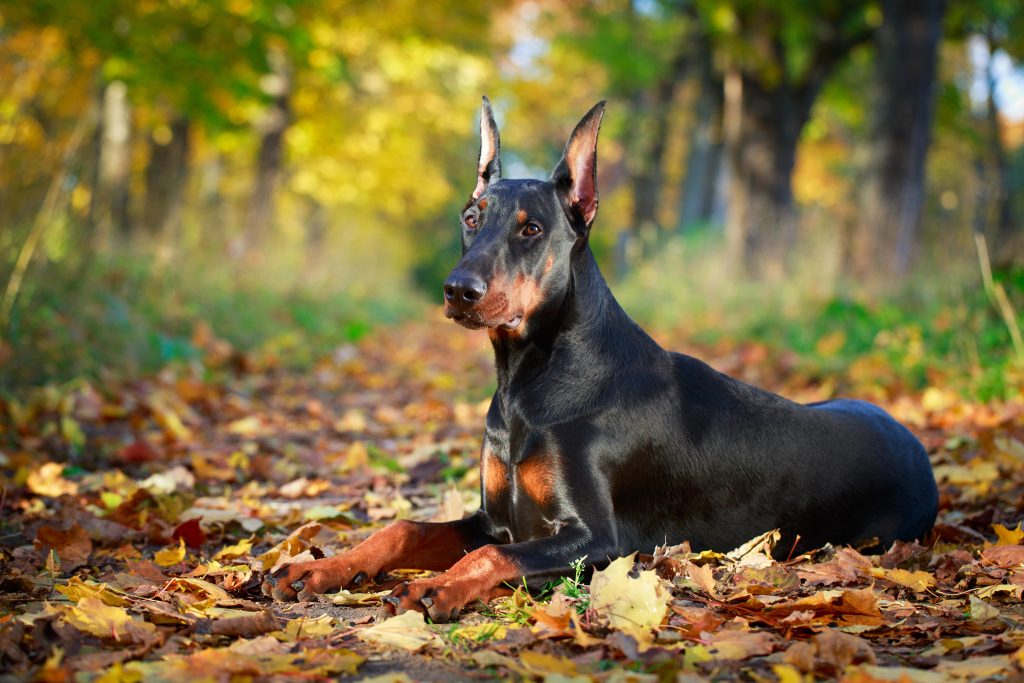
11. Doberman Pinscher: High-Energy, High-Maintenance
Dobermans are agile, sleek, and smart but demand a lot more than a daily walk. Being bred to work as protectors, they need plenty of exercise, mental stimulation, and early socialization. Dobermans experience separation anxiety and will get into ruinous habits if left alone for extended periods of time. As trainers would say, their sensitivity and high energy levels make them ideal for owners who can commit to regular training and activity.

12. Weimaraner & Vizsla: Energetic Dogs with Endless Energy
Weimaraners and Vizslas are stunning hunting breeds with boundless energy. They require at least two hours of extreme exercise every day, plus plenty of mental stimulation. If they do not get this, they become restless, destructive, or even depressed. Due to their high intelligence and independence, they are difficult to train for new owners. As dog resources explain, these breeds love experienced owners who love the outdoors and can match their pace.

13. Saint Bernard: The Gentle Giant with Giant Needs
Saint Bernards are friendly and affectionate but too huge to care for. They need so much space and are prone to health issues like hip dysplasia, which means expensive visits to the vet. Maintenance and grooming needs are another load to bear. For a new owner, the size, health aspect, and everyday maintenance are too much to bear. Choosing a dog is about more than falling in love with an adorable face or trendy breed. It’s about understanding what each breed needs to be happy—and being honest about what you can provide. For first-time owners, choosing a breed that fits your lifestyle and level of experience is the most important factor in getting both yourself and your future dog off to a healthy, happy start. Do your homework, be curious, and remember: the right one is out there, and it’s worth waiting for.


